Wellness wisdom: healthy habits from around the world
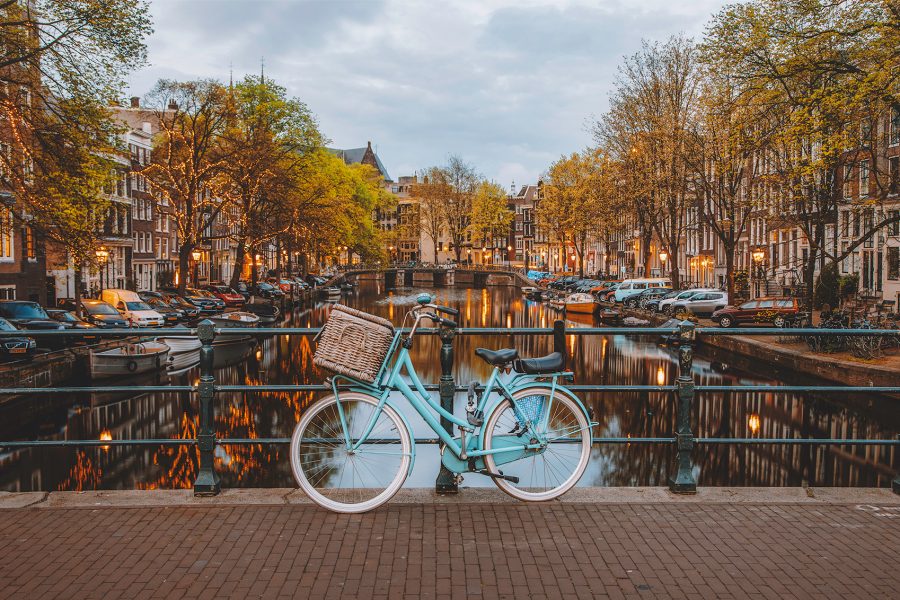
“When in Rome, do as the Romans do”.
Over the years, different cultures have developed their own wellness philosophies that go beyond green juices and detox diets, and travelling provides you with a great opportunity to not only learn about them – but try them for yourself.
We’ve compiled a rundown of our favourite pieces of wellness wisdom from all corners of the globe to help you decide where to go for a health-conscious and well-balanced holiday.

Credit: Matias Fabbri/Getty Images

Credit: Yuriko Nakao/Getty Images
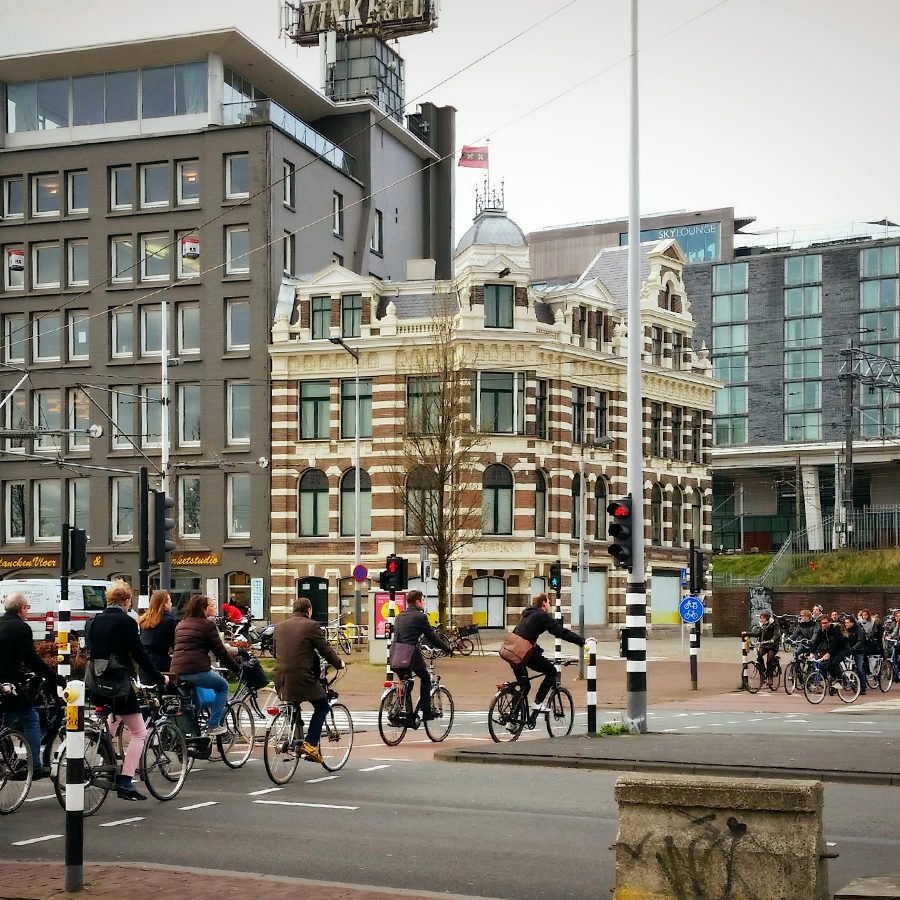
Credit: LizPop11/Getty Images
Cycle in the Netherlands
Said to have more bikes than people, the Netherlands holds a deep affinity for the two-wheeled vehicle, and with good reason: cycling can boost cardiovascular health, joint mobility and posture, as well as reduce the number of cars on the road, improving air quality.
The Dutch capital, Amsterdam, is one of the most bike-friendly cities in the world with up to 400 kilometres of cycle paths providing excellent sightseeing opportunities. You’ll easily find bike rental shops such as Macbike and Rent a bike near landmarks like Central Station, Dam Square and even at hotels. Many rental shops also offer guided bike tours if you feel nervous pedalling around on your own. Be sure to review the traffic rules and practice road safety before you go.
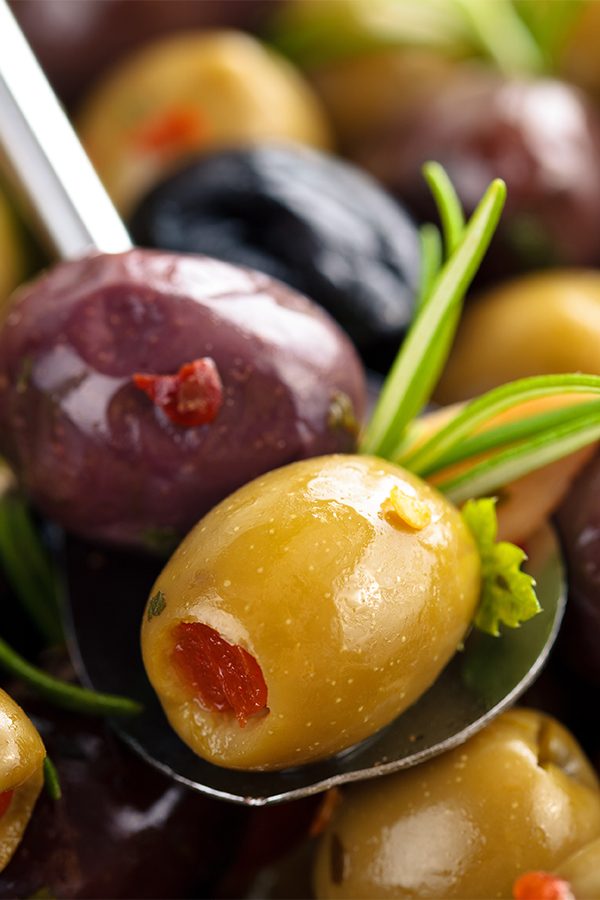
Credit: Vitalina Rybakova/Getty Images
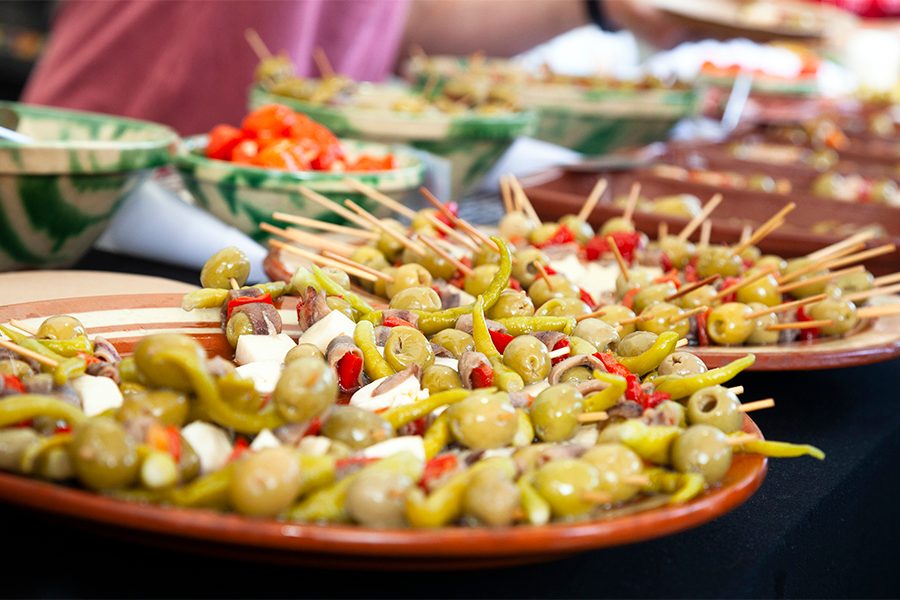
Credit: Maica/Getty Images
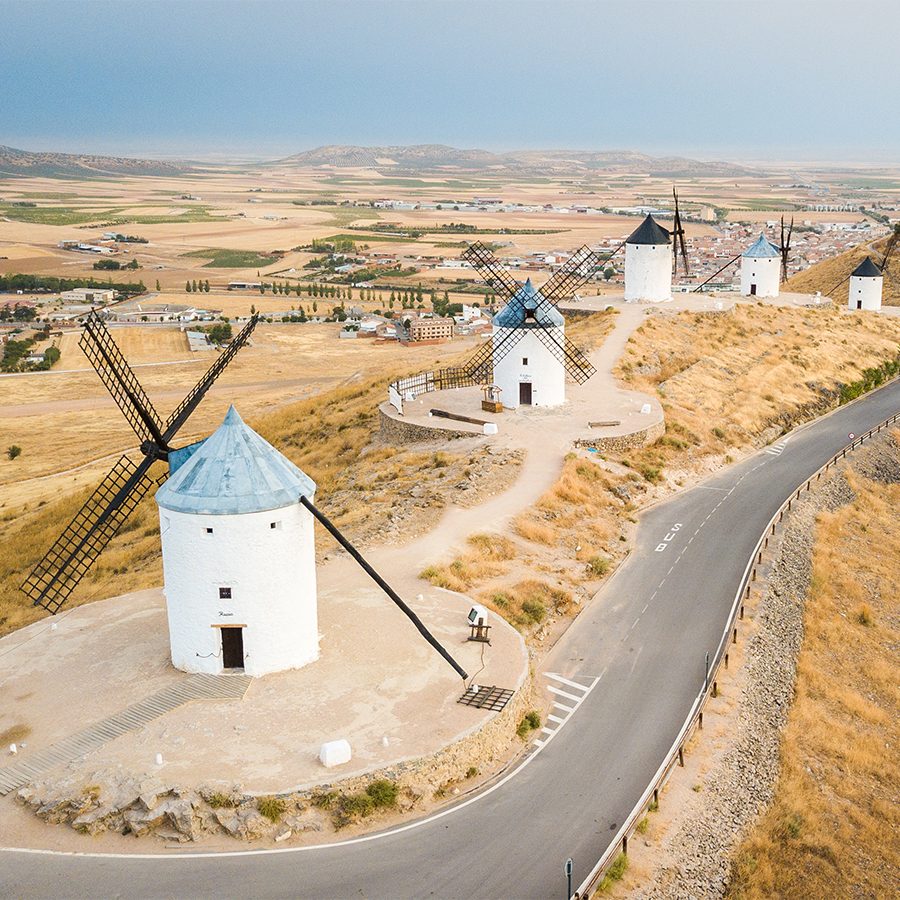
Credit: Jon Chica Parada/Getty Images
Take a siesta and snack on olives in Spain
Originating among farm labourers seeking refuge from the midday heat, the siesta remains part of the Spanish way of life. You may notice office workers taking long lunches or small businesses closing up shop between 2pm and 4pm (though break times can vary, so keep your schedule flexible), making it an ideal time to put your feet up at your hotel, enjoy a leisurely meal, or relax under the shade at a public park.
Taking a break from work can help reduce stress, boost productivity and restore your energy, while research shows that napping for less than 30 minutes in the afternoon may also improve your mood and cognitive function. In Madrid, while away the afternoon watching boats on the pond at El Retiro Park or with a three-hour tapas tour .
And, if you’re an olive enthusiast, don’t miss the chance to sample olives and olive oil paired with tapas or wine on a guided tour . Olives provide many health benefits, including combatting inflammation and supplying your body with healthy fats and fibre, which can help you feel full for longer.
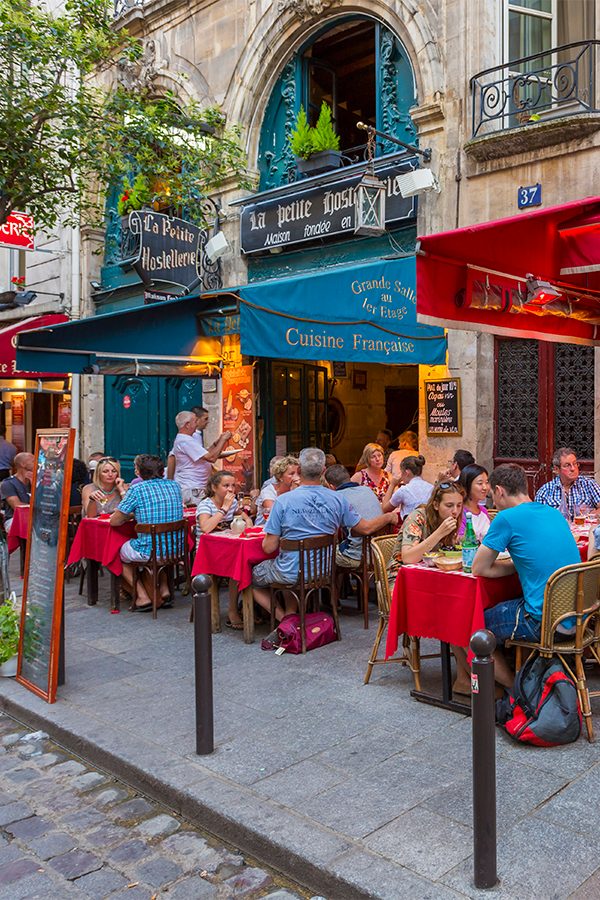
Credit: Pawel Libera/Getty Images
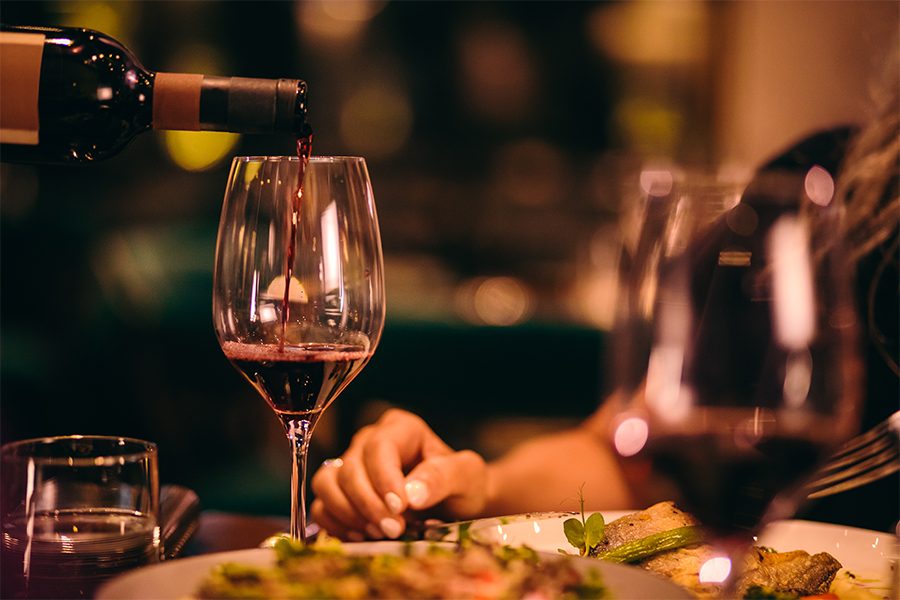
Credit: wundervisuals/Getty Images
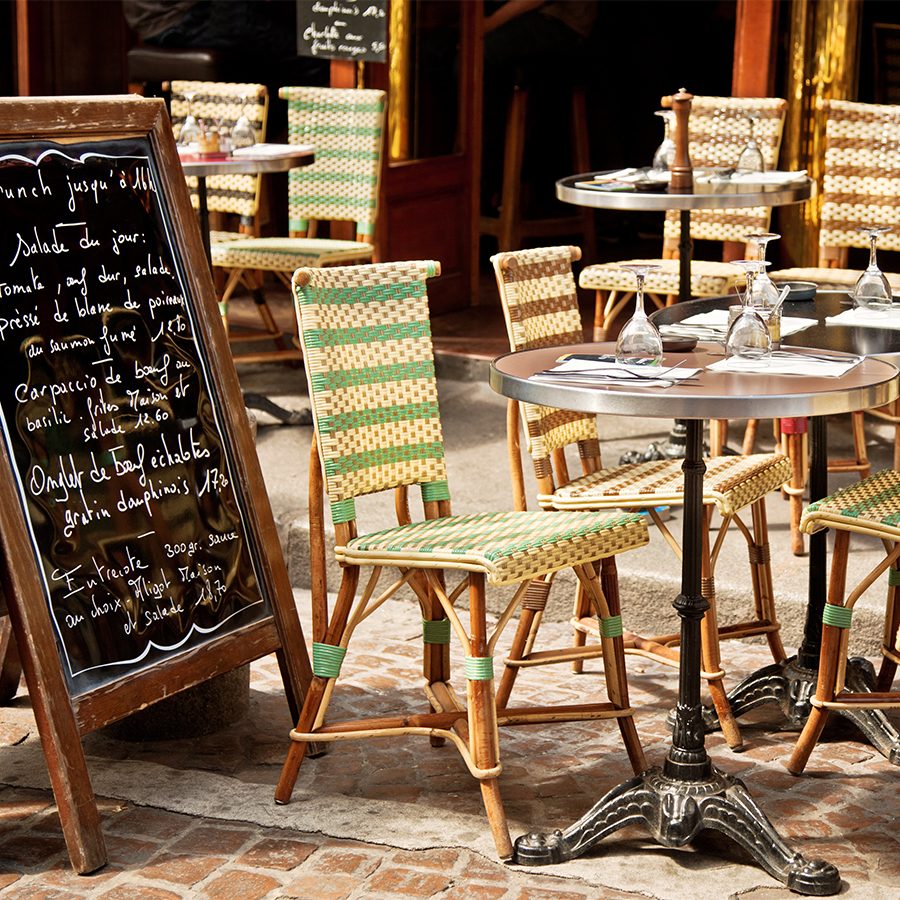
Credit: Nikada/Getty Images
Enjoy a meal in France
When it comes to the art of French dining, what matters is not just what you eat, but how you eat. Meals should be enjoyed slowly and thoughtfully; according to data collected by the OECD in 2018, the average person in France spends over two hours a day eating and drinking.
This approach is reflected in the leisurely pace of restaurant service, which allows for attention to detail when preparing a meal and encourages patrons to savour their dining experience with loved ones. Being mindful when you’re eating and spending longer at the dinner table can also support weight management and gut health, as your body has sufficient time to feel full, which helps to combat overeating. Experience the benefits for yourself at one of these Parisian dining spots.
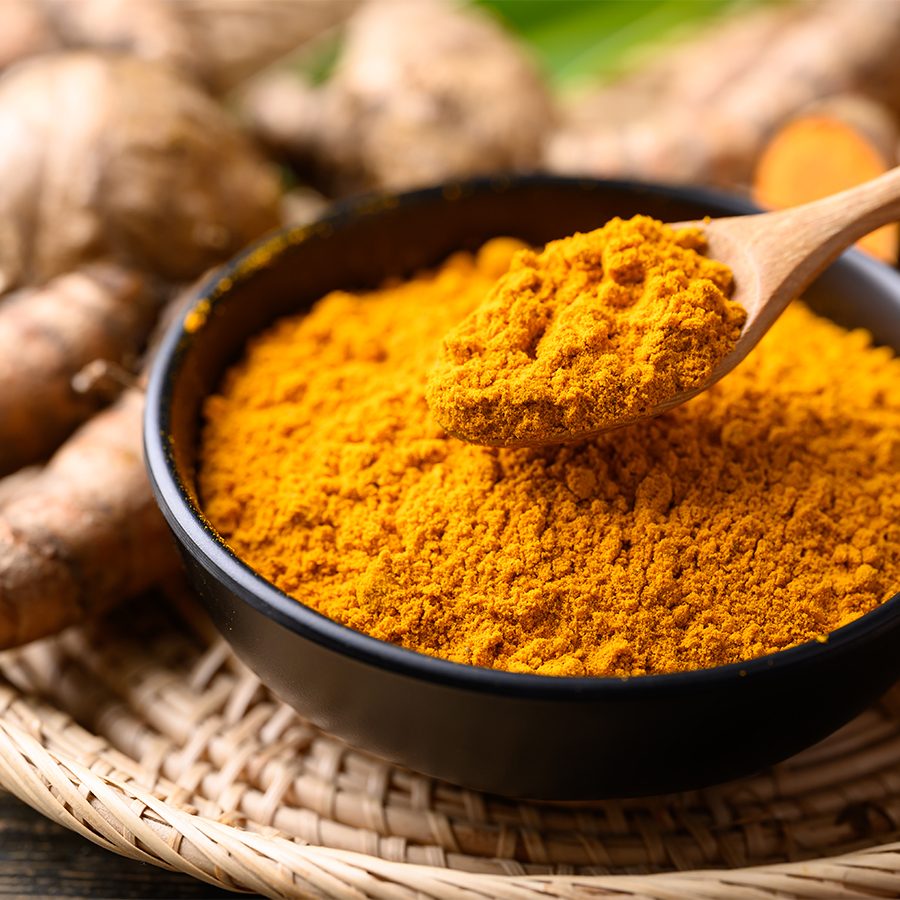
Credit: Nungning20/Getty Images
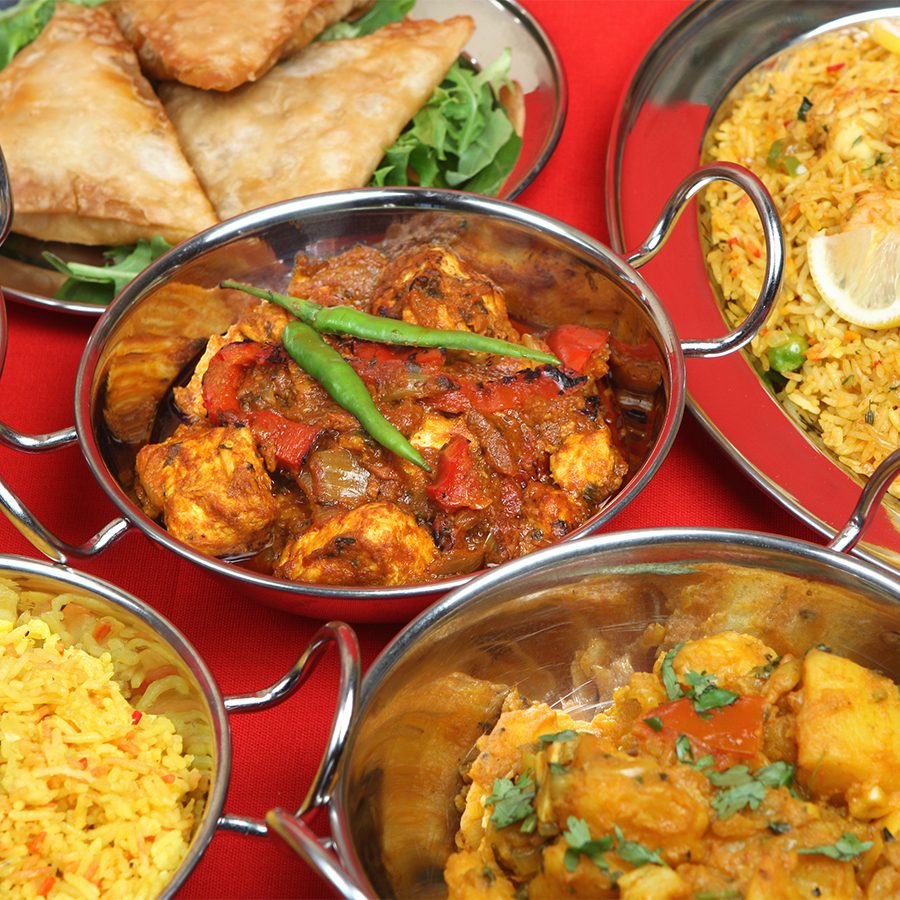
Credit: Joe Gough/Getty Images
Sample turmeric-rich dishes in India
Turmeric is a common ingredient in Indian cooking, acting as a colouring agent in curries and gravies and even being added to warmed milk. Though India remains the world’s largest exporter and consumer of the spice, turmeric is steadily making its way into other cuisines thanks to the reported health benefits of curcumin (a natural compound present in the plant); which include reducing inflammation and fighting oxidative damage believed to be linked to ageing and disease.
In ayurveda, the traditional Hindu medicine system, turmeric has long been recognised for its healing properties. Its uses include application to areas of acute or chronic pain and serving as a home remedy against colds and the flu. In New Delhi, discover regional flavours of curry or experience an ayurvedic spa treatment at Shangri-La.
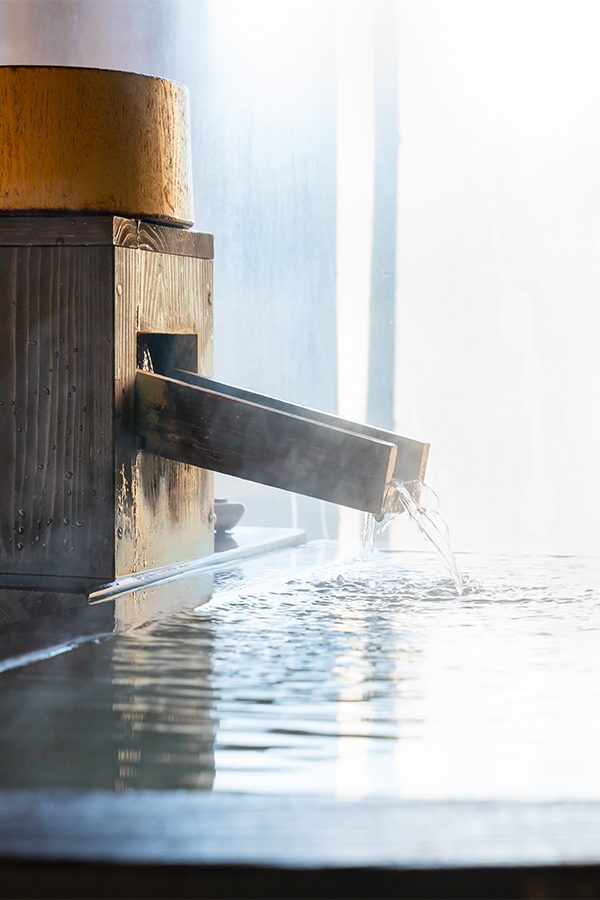
Credit: Shirosuna M/Getty Images
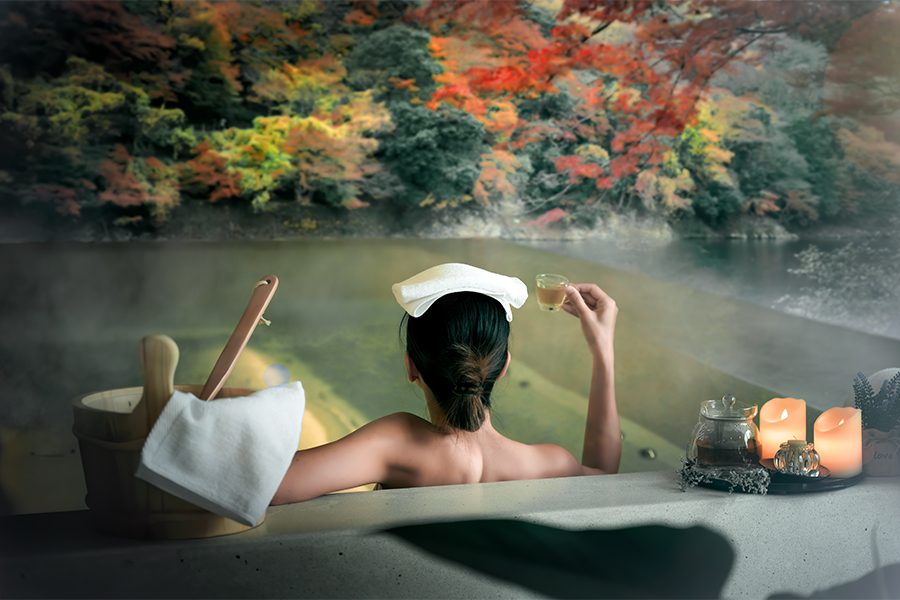
Credit: Patchareeporn Sakoolchai/Getty Images
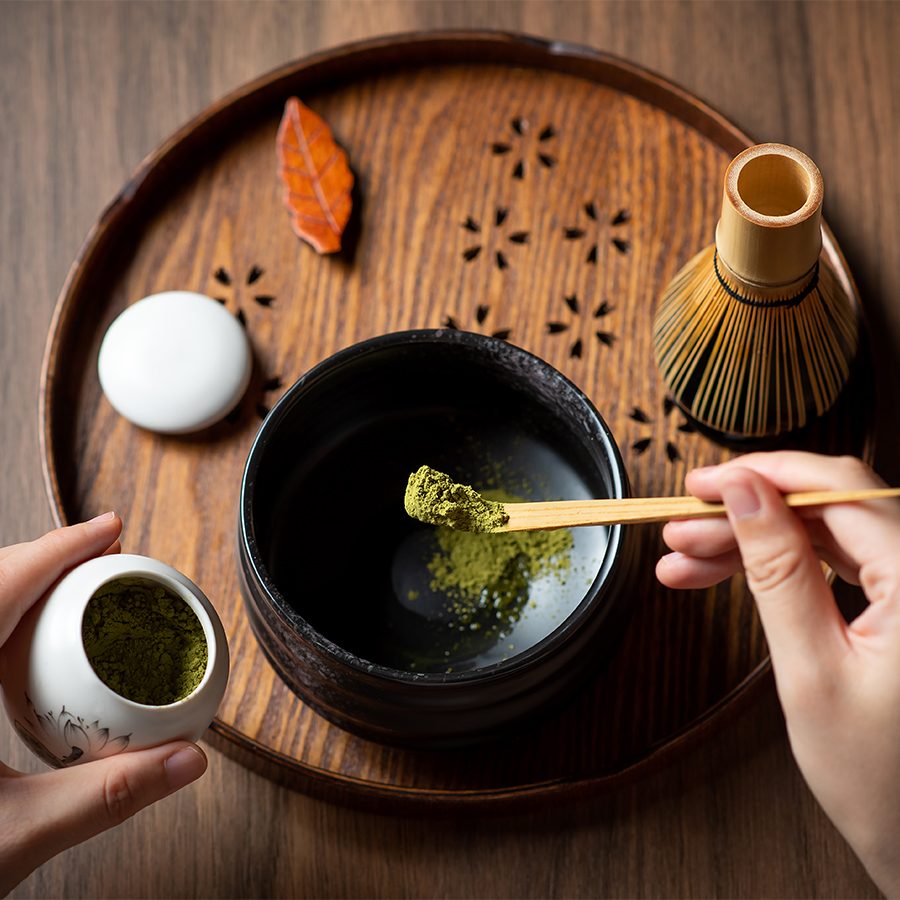
Credit: Stefan Tomic/Getty Images
Sip tea and plunge in a hot bath in Japan
From the traditional Japanese tea ceremony to the modern matcha-flavoured dessert craze, green tea holds an important place in Japan’s culture – and you’ll find variations of it everywhere from vending machines to specialty tea houses. It’s worth bringing a batch or two home with you, too; green tea has been linked to a reduced risk of heart disease, lower blood pressure and healthy weight management, among other wellness benefits.
Hot springs, or onsen, are also popular in Japan, and come in many different forms: outdoor and indoor, mixed and single gender, as part of an ensuite in a ryokan, or at a public bathhouse, to name a few. Soaking in hot water can improve blood circulation and relieve pain and tension, while natural hot spring water often contains minerals like sulphur, which is said to help with various skin conditions.
More inspiration
- China – the Chinese Mainland, Hong Kong SAR, Macao SAR and Taiwan Region
- Hong Kong SAR - English
- Chinese Mainland (China) - English
- Taiwan, China - English
- 香港特別行政區 - 繁體中文
- 中国內地 - 简体中文
- 中國台灣 - 繁體中文
- Africa
- South Africa - English
- Asia
- Bangladesh - English
- Korea - English
- Singapore - English
- Cambodia - English
- 한국 - 한국어
- Sri Lanka - English
- India - English
- Malaysia - English
- Thailand - English
- Indonesia - English
- Maldives - English
- ประเทศไทย - ภาษาไทย
- Indonesia - Bahasa Indonesia
- Myanmar - English
- Vietnam - English
- Japan - English
- Nepal - English
- Việt Nam - tiếng Việt
- 日本 - 日本語
- Philippines - English
- Australasia
- Australia - English
- New Zealand - English







